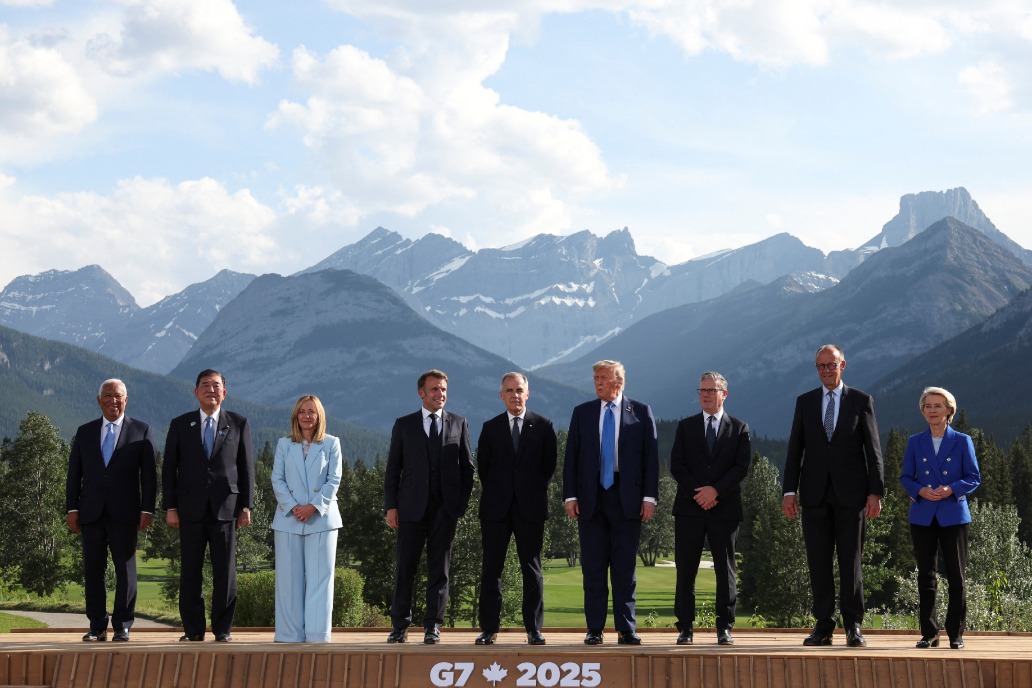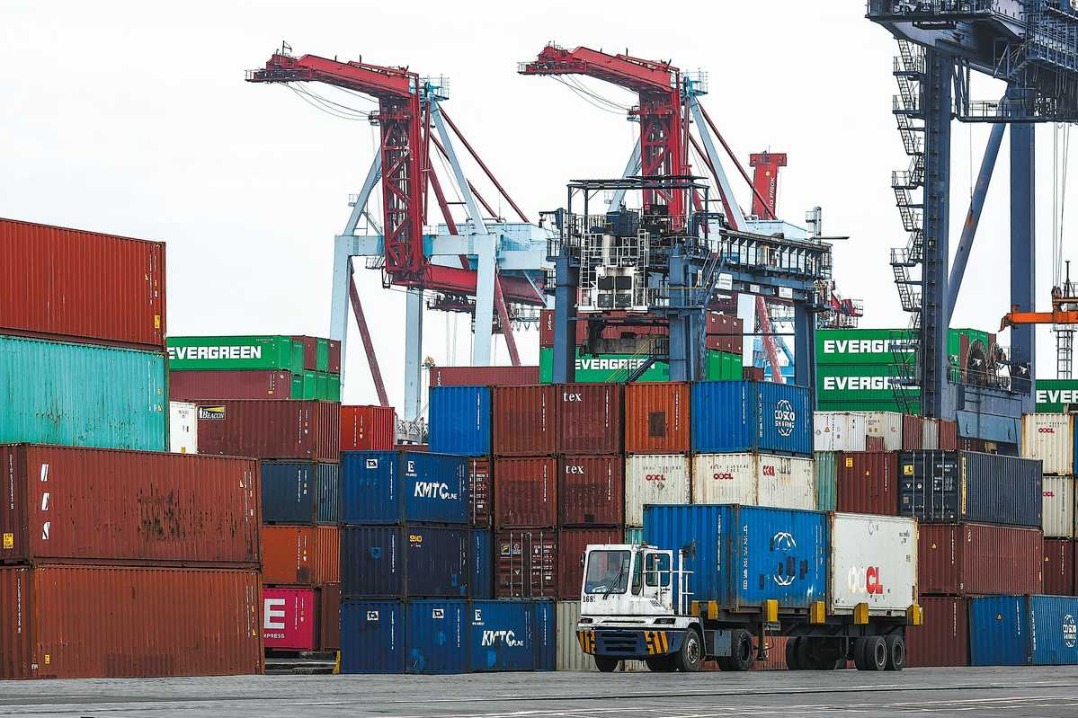Firms 'going global' should fully utilize joint ventures

The 2020 Bluebook Report on Chinese Enterprise Globalization shows how, amid a complex international situation, overall global investment of Chinese multinational corporations has developed steadily, accounting for a continuously rising share of global foreign investment stock.
The report was co-authored by the Beijing-based think tank Center for China and Globalization and the Development Research Institute of Southwestern University of Finance and Economics, Chengdu, and published in July by the Social Sciences Academic Press of the Chinese Academy of Social Sciences.
Overseas mergers and acquisitions have become more diversified in terms of industry structure. For outbound investment, there is a particular focus on industries such as manufacturing, information transmission, computer services and software.
As the COVID-19 pandemic continues to spread globally in 2020, the disruption of global industrial and supply chains and the limited transnational flow of personnel have severely affected the world economy.
The International Monetary Fund forecasts that the global economy will shrink 4.9 percent this year, with the expected growth rate of developed economies to be minus 8 percent.
Amid escalating tensions between China and the United States, Chinese multinational corporations "going global" have weathered headwinds from waves of protectionism and unilateralism.
However, the globalization of these companies is aligned with technological development and market forces, and is a logical result of enterprise development. Such companies should strengthen their commitment to globalization while paying more attention to enhancing risk prevention ability and developing global strategy.
First, Chinese enterprises should focus on multiregional, multilateral and diversified cooperation. Given the uncertain outlook for China-US relations, companies can explore investments in other countries and regions.
This could help to reduce risks and challenges brought about by international political uncertainty. Also, the Belt and Road Initiative can take advantage of the multilateral mechanism launched by the Asian Infrastructure Investment Bank.
An international construction alliance could be established in conjunction with the World Bank, the Asian Development Bank, the African Development Bank, the Inter-American Development Bank and the European Bank for Reconstruction and Development.
In order to involve more countries, enterprises and institutions in the BRI, and to mitigate the risk of decoupling between China and the US, the BRI's transparency and the proportion of contracts open to international competitive bidding should be enhanced.
Second, Chinese enterprises should explore globalization in the form of joint ventures and utilize third-party service agencies. The establishment of joint ventures with local companies and individuals is a good way for Chinese companies "going global" to reduce costs, reduce risks by diversification, and tap synergies.
Chinese enterprises should make better use of professional third-party services, such as legal services and the research capabilities of industry associations and think tanks, to improve cross-border integration, operations and management, and to reduce risks.
Third, Chinese multinational corporations should emphasize brand building in the global market. Brand image can help companies to mitigate risk. When encountering a crisis in a certain country, brand influence can help enterprises to continue performing well in other countries.
Fourth, Chinese enterprises should build systems to cultivate international talent to utilize talent advantages in host countries. Making better use of local talent can help enterprises to better understand local conditions, gain recognition from local communities, and achieve sustainable development.
This approach also creates more jobs in the host country, thus contributing more to local development.
Finally, at the national level, China could take a more open stance with respect to foreign investment and enterprises, and adopt more international standards. This will help to acquire more international support and reduce accusations from the international community.
The Chinese government could also further improve regulations and policies and optimize the business environment to attract foreign enterprises to China, for example by opening up to companies such as Google, Twitter and Facebook.
The author is president of the Center for China and Globalization, a think tank. The views do not necessarily reflect those of China Daily.

































